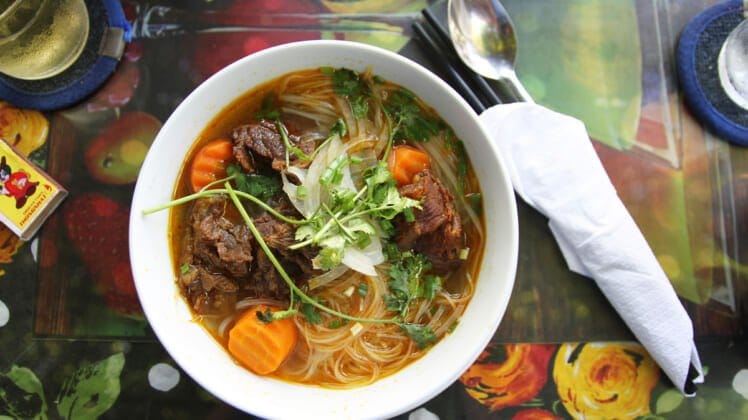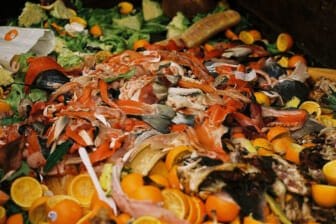
The popularity of Vietnamese cuisine has risen because it is healthy and tasty, without being eye-watering and expensive to cook.
Like every cuisine around the world, the ingredients readily available define the recipes people traditionally use. In Vietnam, oil, wheat, and dairy don’t make the cut. Therefore, Vietnamese cuisine stands out in America because it’s perfect for low sugar, dairy, and gluten-free diets.
CHECK OUT: What makes Italian cuisine the world’s most popular?
More Than A Healthy Cuisine
The Vietnamese cuisine has hidden depths and is based on a culinary philosophy. There’s a delicate balance between five flavor groups: bitter, hot, salty, sweet, and sour. Each meal aims to deliver on these five groups and combine sweet with sour, bitter with sweet, hot with cold, and other variations.
This variation is meant to deliver a yin and yang experience focused on a person’s well-being. Whether you’re a spiritual person or not, one thing this philosophy guarantees is that each mouthful will have an impact on your tastebuds.
CHECK OUT: Belgium’s cuisine is far more than waffles and chocolates. It’s fries, beers, and mussels.
Vietnamese Cuisine Ingredients
Vietnamese cuisine uses a lot of fresh local ingredients, including hot chili, coconut milk, asparagus, meats including pork, and fish. Other common ingredients are rice noodles, rice paper, and rice flour.
Herbs commonly used include cilantro, mint, lime leaf, lemongrass, turmeric, ginger, and tamarind pulp. Ingredients and herbs come together in Vietnamese cuisine mostly through cooking techniques including simmering, boiling, frying, and grilling.
If heading to Vietnam, please be aware that every part of an animal and vegetable is used. This includes intestines and roots. Plus in north Vietnam, soy sauce is commonly used in cooking, so if you are on a gluten-free diet, the middle and southern culinary traditions are best because they use fish sauce.
CHECK OUT: If you enjoy red peppers, grilling, or rich stews and soups, a Balkans cuisine could be for you.
French Familiarity And Fermented Fish
From the 18th century, right up to 1954, French missionaries visited Vietnam and their influence remains clearly visible in dishes today. From French baguette sandwiches called banh mi to traditional pho meat broths. Vietnam’s French colonization introduced many new ingredients to everyday life, including carrots, onions, and potatoes.
One element that is common and even iconic across Vietnamese cuisine is a fish dipping sauce called Nước chấm. This condiment is made with fermented raw fish, water, sugar, and lime. It’s served with most meals in Vietnam and is even used as a cooking ingredient in some dishes.
Don’t be turned off by how this sounds, it has a great savory taste.
Vietnamese Cuisine Favorites
Banh Mi Thit: A French baguette made Vietnamese style. The baguette can be stuffed with any fillings you like, including pickled carrots, ham, sardines, and more.
Goi Cuon: Also known as a Vietnamese summer roll. It is made from rolled-up rice paper and served cold with a filling of shrimp, pork, or both. It is usually accompanied by a peanut dipping sauce.
Pho: A traditional Vietnamese soup made with rice noodles, bean sprouts, and chicken or beef.

